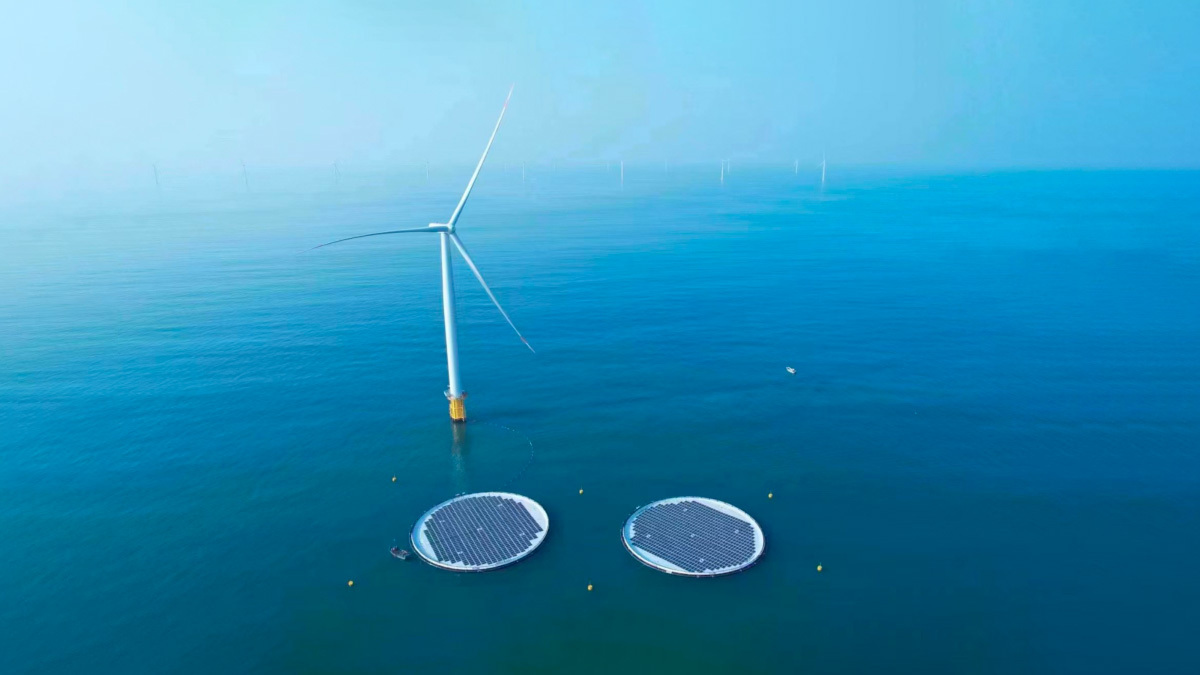The September cyberattack on ride-hailing service Uber began when a criminal bought the stolen credentials of a company contractor on the dark web.
The miscreant then repeatedly tried to log into the contractor’s Uber account, triggering the two-factor login approval request that the contractor initially denied, blocking access. However, eventually the contractor accepted one of many push notifications, enabling the attacker to log into the account and get access to Uber’s corporate network, systems, and data.
[…]
Microsoft and Cisco Systems were also victims of MFA fatigue – also known as MFA spamming or MFA bombing – this year, and such attacks are rising rapidly. According to Microsoft, between December 2021 and August, the number of multi-factor MFA attacks spiked. There were 22,859 Azure Active Directory Protection sessions with multiple failed MFA attempts last December. In August, there were 40,942.
[…]
In an MFA fatigue situation, the attacker uses the stolen credentials to try to sign into an protected account over and over, overwhelming the user with push notifications. The user may initially tap on the prompt saying it isn’t them trying to sign in, but eventually they wear down from the spamming and accept it just to stop their phone going off. They may assume it’s a temporary glitch or an automated system causing the surge in requests.
[…]
sometimes the attacker will pose as part of the organization’s IT staff, messaging the employee to accept the access attempt.
[…]
Ensuring authentication apps can’t be fat-fingered and requests wrongly accepted before they can be fully evaluated, for instance, would be handy. Adding intelligent handling of logins, so that there’s a cooling off period after a bout of MFA spam, is, again, useful, too.
And on top of this, some forms of MFA, such as one-time authentication tokens, can be phished along with usernames and passwords to allow a miscreant to login as their victim. Finding and implementing a phish-resistant MFA approach is something worth thinking about.
[…]
Some companies are on the ball. Microsoft, for instance, is making number matching a default feature in its Authenticator app. This requires a user who responds to an MFA push notification using the tool to type in a number that appears on their device’s screen to approve a login. The number will only be sent to users who have been enabled for number matching, according to Microsoft.
They’re also adding other features to Authenticator, including showing users what application they’re signing into and the location of the device, based on its IP address, that is being used for signing in. If the user is in California but the device is in Europe, that should raise a big red flag. That also ought to be automatically caught by authentication systems, too.
[…]
As to limiting the number of unsuccessful MFA authentication requests: Okta limits that number to five; Microsoft and Duo offer organizations the ability to implement it in their settings and adjust the number of failed attempts before the user’s account is automatically locked. With Microsoft Authenticator, enterprises also can set the number of minutes before an account lockout counter is reset.
[…]

